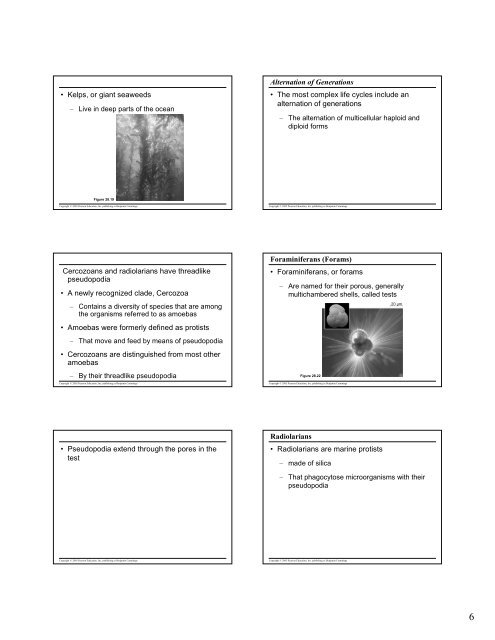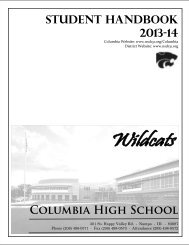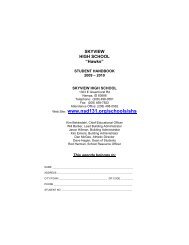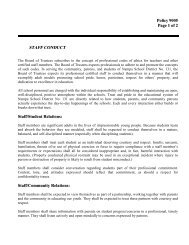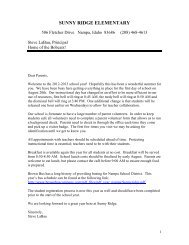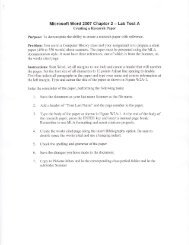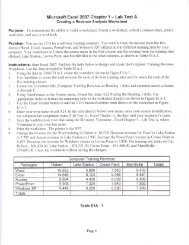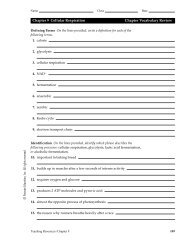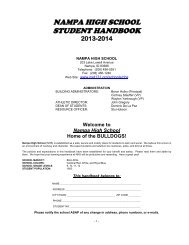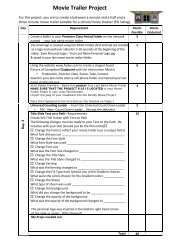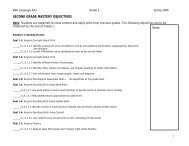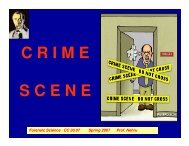Microsoft PowerPoint - 28- protists revised.pdf - NSD Main
Microsoft PowerPoint - 28- protists revised.pdf - NSD Main
Microsoft PowerPoint - 28- protists revised.pdf - NSD Main
Create successful ePaper yourself
Turn your PDF publications into a flip-book with our unique Google optimized e-Paper software.
• Kelps, or giant seaweeds– Live in deep parts of the oceanAlternation of Generations• The most complex life cycles include analternation of generations– The alternation of multicellular haploid anddiploid formsFigure <strong>28</strong>.19Copyright © 2005 Pearson Education, Inc. publishing as Benjamin CummingsCopyright © 2005 Pearson Education, Inc. publishing as Benjamin CummingsCercozoans and radiolarians have threadlikepseudopodia• A newly recognized clade, Cercozoa– Contains a diversity of species that are amongthe organisms referred to as amoebas• Amoebas were formerly defined as <strong>protists</strong>– That move and feed by means of pseudopodia• Cercozoans are distinguished from most otheramoebas– By their threadlike pseudopodiaCopyright © 2005 Pearson Education, Inc. publishing as Benjamin CummingsForaminiferans (Forams)• Foraminiferans, or forams– Are named for their porous, generallymultichambered shells, called testsFigure <strong>28</strong>.22Copyright © 2005 Pearson Education, Inc. publishing as Benjamin Cummings20 µm• Pseudopodia extend through the pores in thetestRadiolarians• Radiolarians are marine <strong>protists</strong>– made of silica– That phagocytose microorganisms with theirpseudopodiaCopyright © 2005 Pearson Education, Inc. publishing as Benjamin CummingsCopyright © 2005 Pearson Education, Inc. publishing as Benjamin Cummings6


